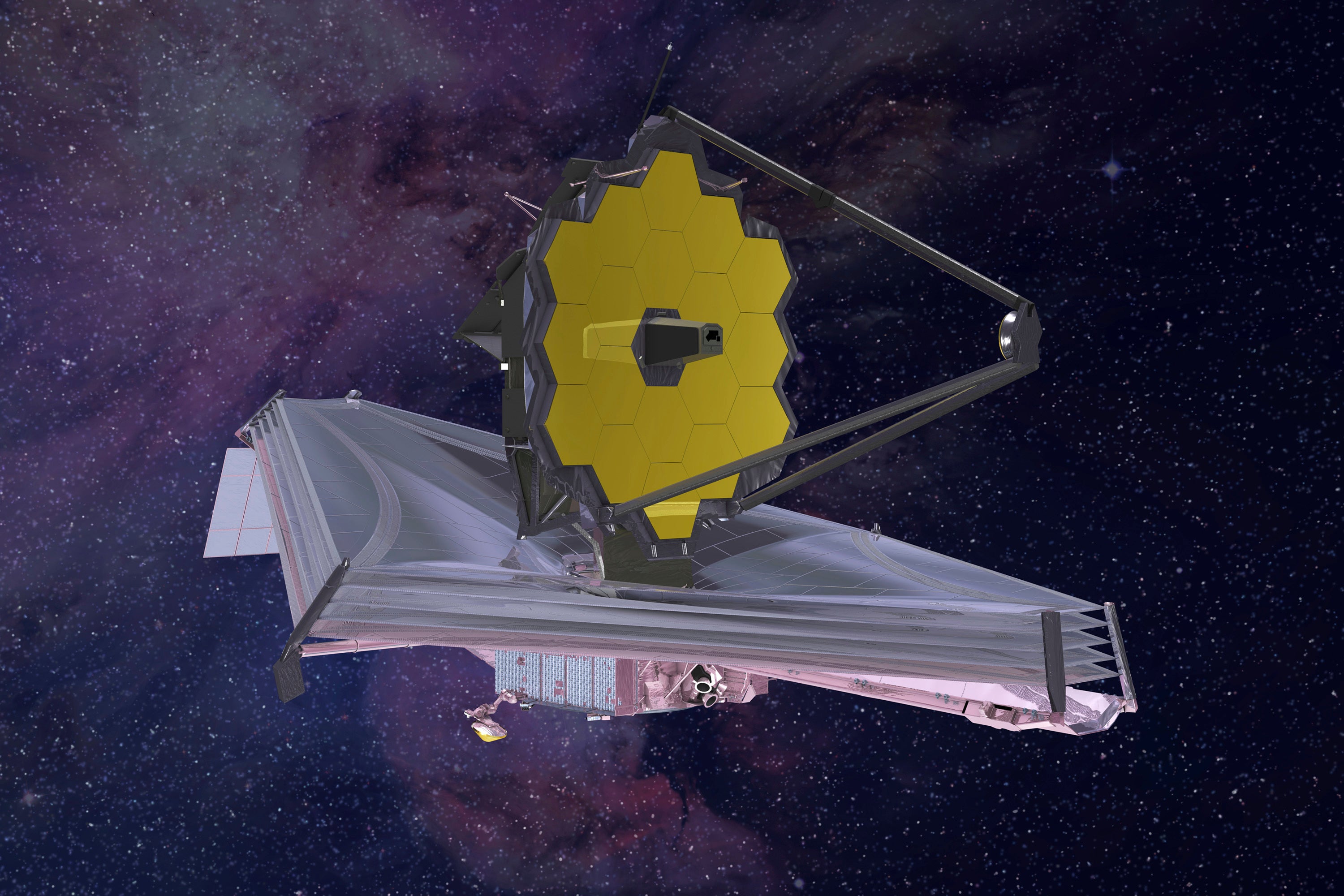James Webb Space Telescope is cooling to near absolute zero so we can learn the deepest secrets of planets
The Mid-InfraRed Instrument needs to operate at below-freezing temperatures so its onw ‘dark current’ does not interfere with its vision

Nasa’s James Webb Space Telescope is cooling their instruments by radiating thermal energy into the darkness of space.
The process, which has been going on for the past three months, has lowered instruments’ temperature to between 34 and 39 kelvins (around -230 degrees Celsius) but eventually it will need to reach an operating temperature of 7 kelvins (-266 degrees Celsius).
The light sensors that are on MIRI - the Mid-InfraRed Instrument – are essentially blind unless they operate at below-freezing temperatures, because otherwise any signal that may be detected from the sky is lost beneath the signal from the telescope’s own internally generated ‘dark current.’
“Getting this instrument cold is one of the last major challenges faced by Webb before the MIRI team can truly relax, and passing through the cooler’s ‘pinch point’ will be the most daunting step in this challenge”, said Alistair Glasse and Macarena Garcia Marin in a statement, both of whom are MIRI instrument scientists
“At that time, the cooler will have pulled out almost all of the heat left in MIRI’s 100 kilograms (220 pounds) of metal and glass from that tropical launch day morning, three months ago. MIRI will be the last of Webb’s four instruments to open its eyes on the universe.”
This instrument can operate at a much longer wavelength than the other tools, allowing scientists to explore the infrared universe to a level of detail that has yet never been achieved.
Scientists will be able to target nearby nebulae and distant galaxies, as well as the colours of exo-giant planets the size of Jupiter. This could help astronomers reveal chemical identities, abundances, and temperatures of the gases of their atmospheres - which could in turn help discover water, ozone, methane, and ammonia, many of which are biosignatures in certain scenarios and could indicate the existence of extra-terrestrial life.
As well as searching for aliens, the James Webb Space Telescope can also reveal the secrets behind the formation of stars and planets.
This is because “infrared light is great at seeing through obscuring dust, it picks up the heat signatures of young stars and planets, and it reveals the presence of important chemical compounds, such as water and organic chemistry," said Klaus Pontoppidan, a Webb project scientist at the Space Telescope Science Institute, Baltimore, Maryland.
Subscribe to Independent Premium to bookmark this article
Want to bookmark your favourite articles and stories to read or reference later? Start your Independent Premium subscription today.

Join our commenting forum
Join thought-provoking conversations, follow other Independent readers and see their replies